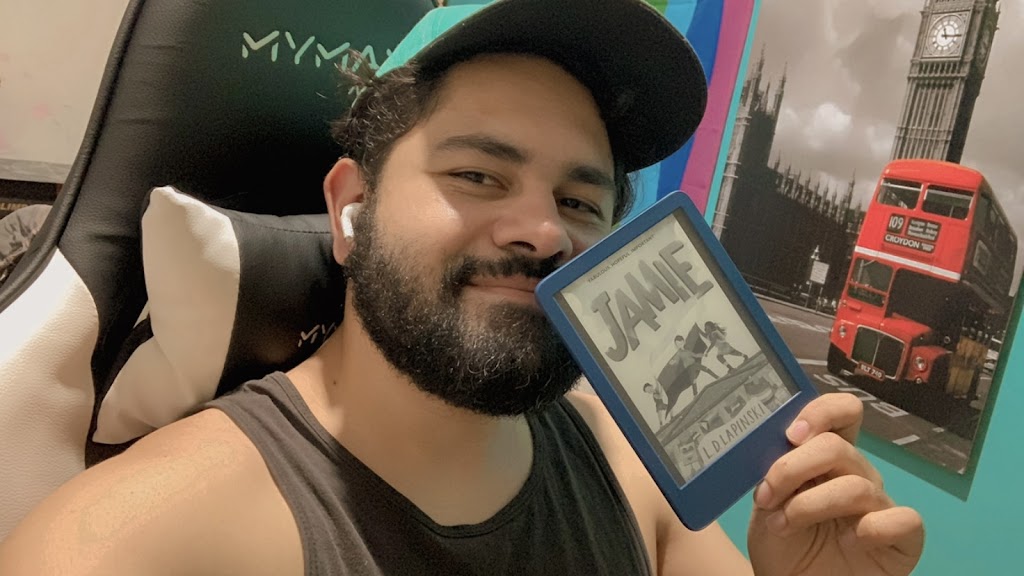I believe one of the most amazing things in the world is when we see ourselves represented in art. Although I have seen myself in Cássio Cipriano’s Panetones Baratos before, it was L.D. Lapinski’s book, Jamie, who truly made me feel seen as a non-binary person for the first time.
The book tells the story of Jamie Rainbow Rambeau, an 11-year-old who realizes they must choose between attending a boys’ or girls’ school while their best friends are going to different schools. Being non-binary can be distressing, but it is important to understand the difference between gender identity and gender expression.
Gender identity is the gender with which a person identifies; it can be male, female, both, neither, or any other gender. Gender expression is how a person presents their gender identity through actions, clothing, makeup, and other visual aspects. This expression is influenced by culture, society, and personal preferences. It is essential to recognize that gender identity and expression are separate and do not have to be related. For instance, a person who identifies as a woman may wear masculine clothing, and vice versa. We should all understand and respect everyone’s gender identity and expression to create an inclusive and diverse society where everyone can feel safe and respected in their gender identity.
This is where Jamie’s character shines. Many people think being non-binary is just a phase, particularly when a child expresses a non-binary identity at a young age. But Jamie knows what they want. With their friends, they assert themselves and show their true selves. Influenced by their queer brother, Jamie understands that sometimes, even when they don’t want to, it’s necessary to make noise. And in Jamie’s case, it was not in vain; it worked out very well. What happens in the story? Well, you’ll have to read to find out.
 |
| I love my “they/them”pronouns! 🙂 |
One thing that particularly interested me was the way the book explains gender and LGBTQ+ information in general. It is very didactic and appears in the middle of the story. When I began to question my gender identity, I read What’s The T by Juno Dawson (Juno also wrote “This Book Is Gay” but the Brazilian publisher, Martins Fontes, still hasn’t corrected the book with the author’s correct name and pronouns and has been publishing the book with the deadname for at least 3 years.). It was enlightening, as it helped me better understand what it means to be non-binary (and trans) and how it affects every aspect of my life. With Jamie, I could see what my life might have been like if I had the opportunity to recognize myself at 11 years old.
Ultimately, being around people who use your correct pronouns, name, and acknowledge your experiences and difficulties makes all the difference. Is that why I have been feeling so tired lately?
Jamie was one of the best books I read this year and gave me a new perspective on writing. Who knows if this is a path I should follow?
Jamie is only available in English. Despite being published in the UK, it can be read in Brazil on Kindle for less than 20 reais.
Note: All links have Amazon affiliate codes. You won’t pay anything extra by using my links, but it will help me with a small commission if you choose to buy through them.

